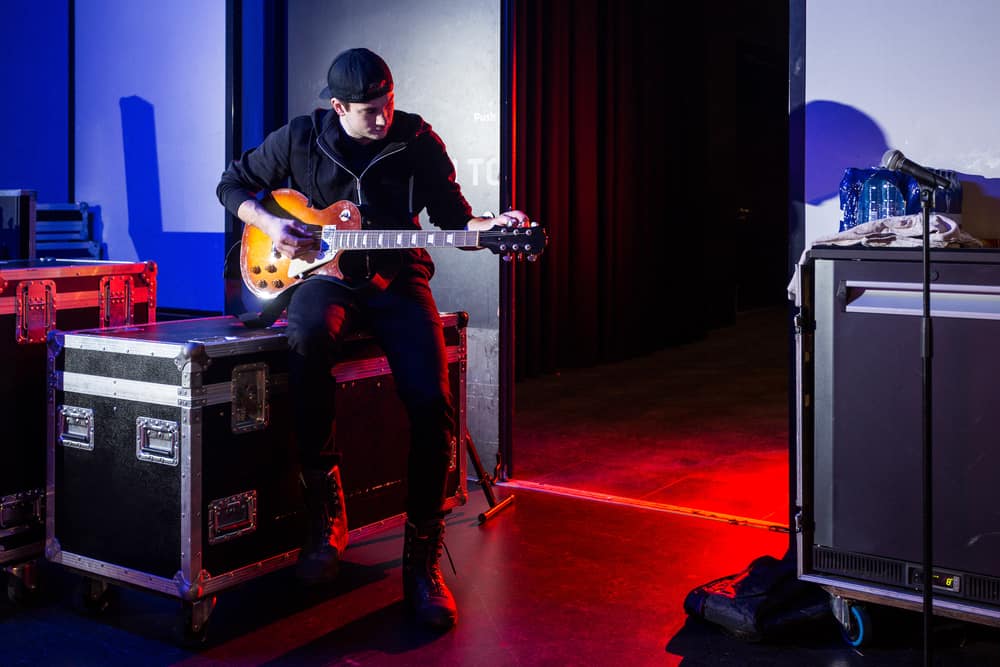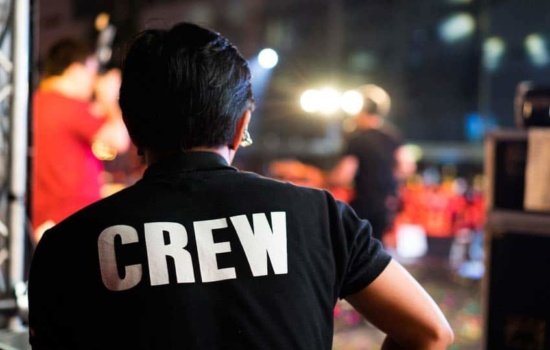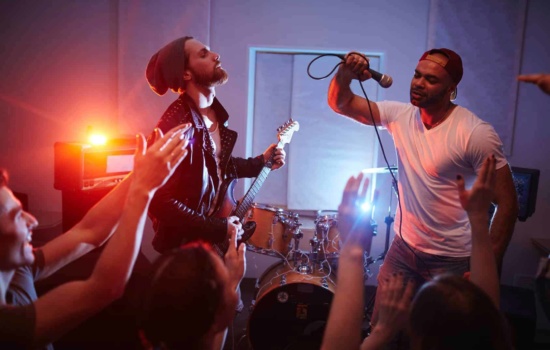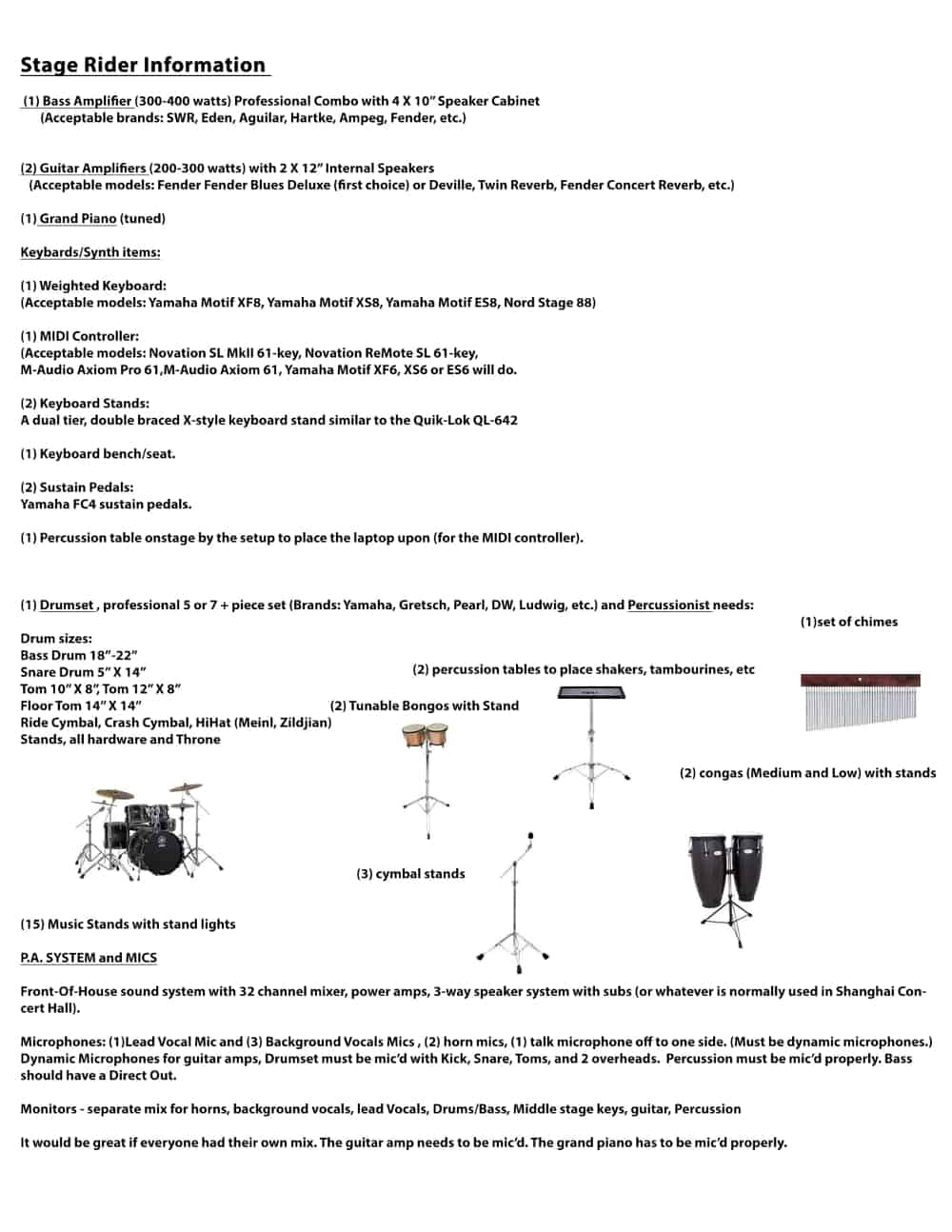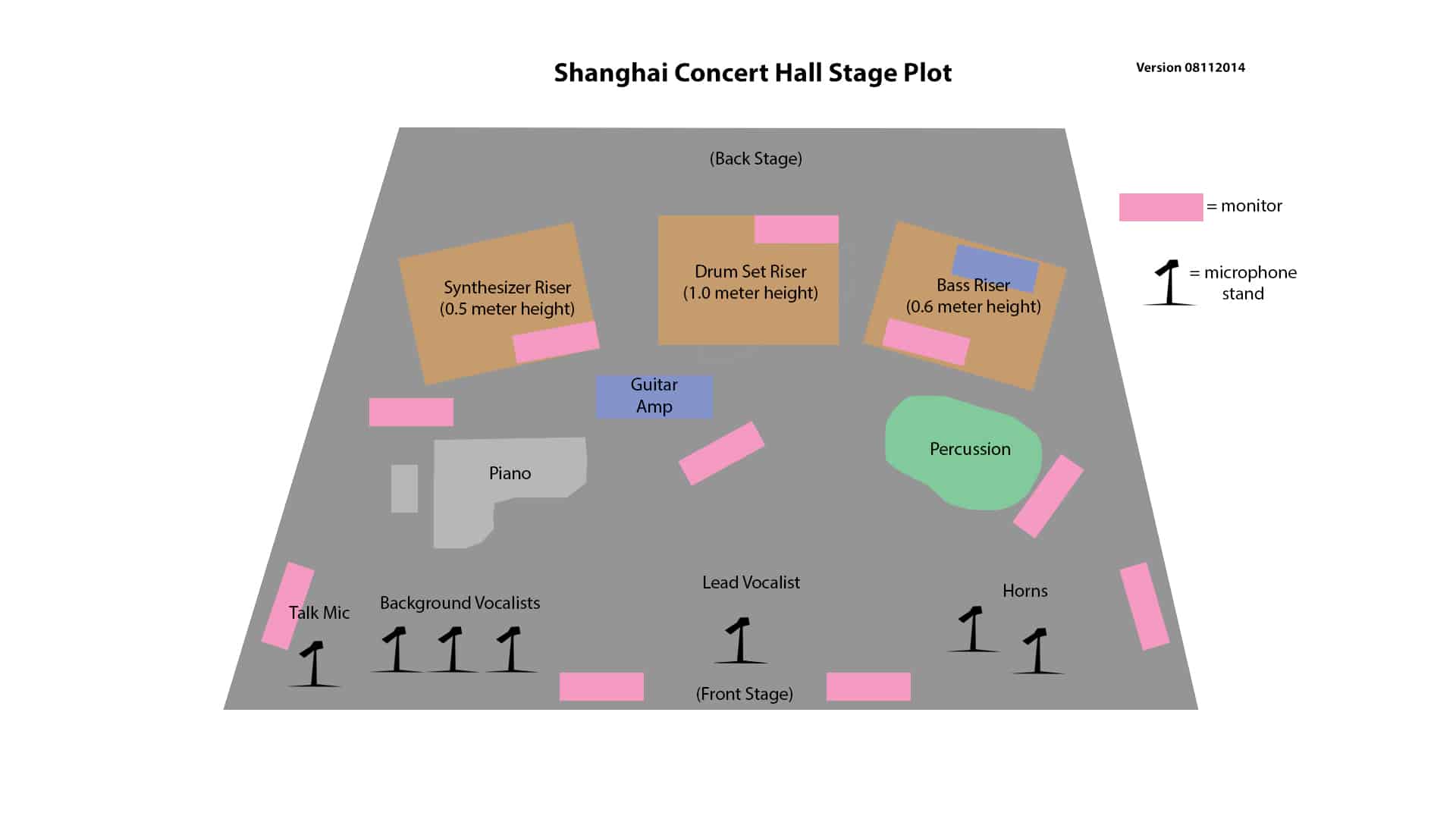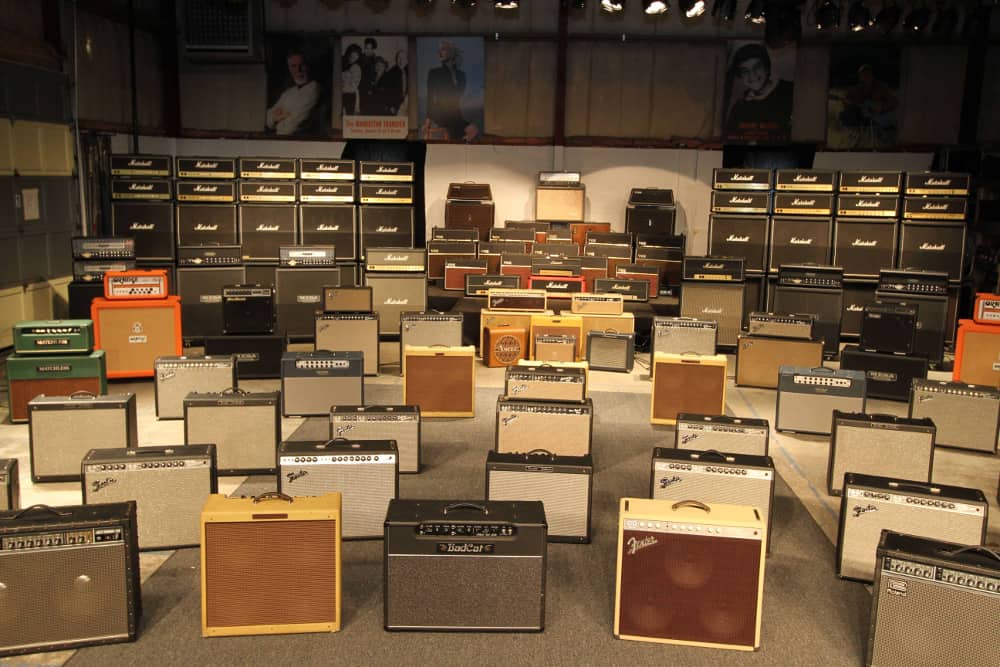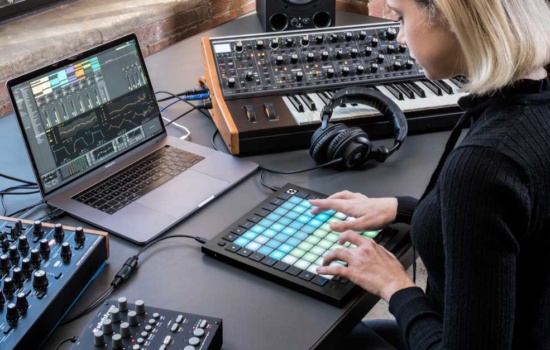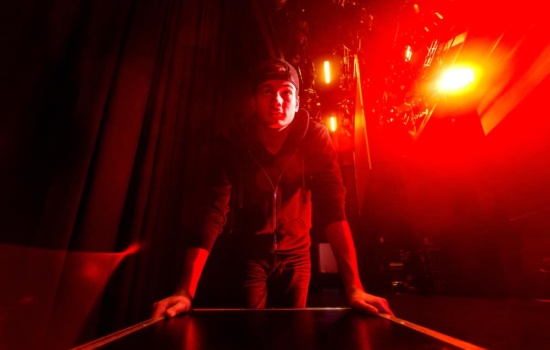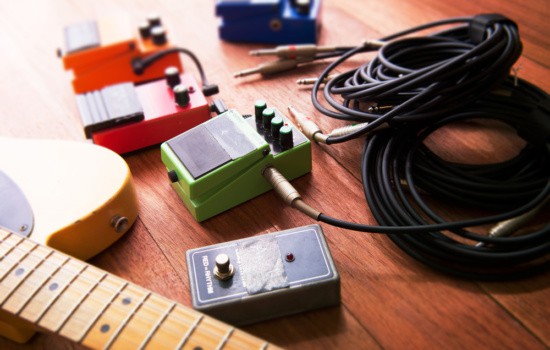Backline in music refers to the musical instruments and equipment needed to play a live show, not including the P.A., monitor, and lighting systems.
Here’s what we’re referring to with the term “backline”:
- Amplifiers
- Keyboards
- Drums
- Cymbals
- Stands
- Rack effects
- Cables
- Sometimes guitars, basses, and orchestral instruments
What you need depends on the kind of group you have, the style of music you play, the size of the hall, and the instrumentation. It might also depend on the budget of the promoter, or availability of certain equipment at a location.
When choosing your backline, make a list, to include the following:
- Guitar amplifiers
- Bass amplifiers
- Keyboards
- Keyboard amplifiers and/or sound mixers
- Drum kit and percussion
- Miscellaneous, such as amp stands, risers, guitar stands, cables, etc.
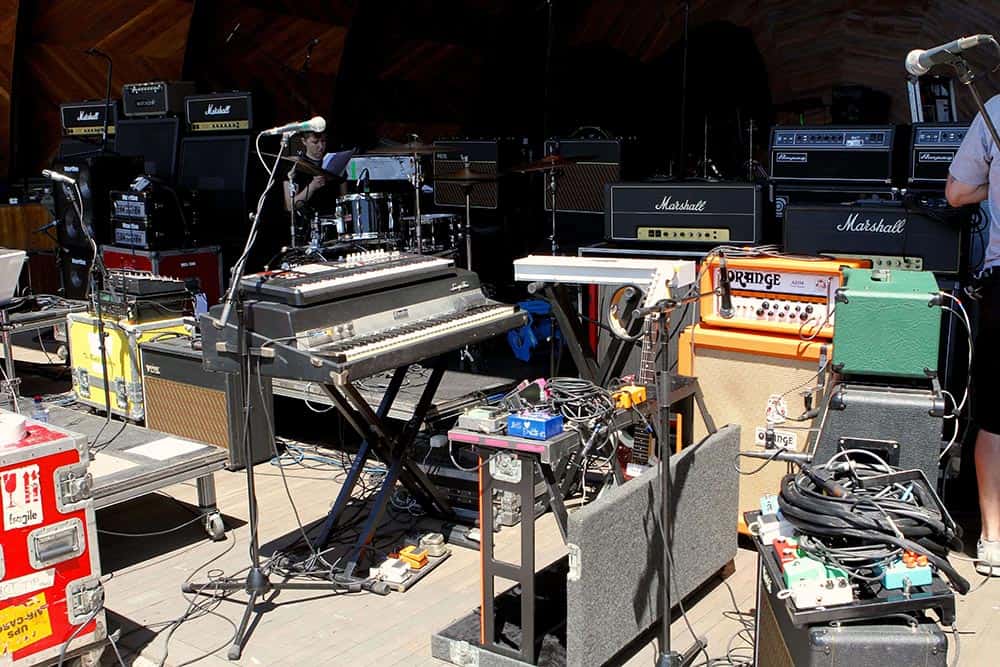
Image courtesy of Andy Bergsten
On top of the list of gear needed, the backline description should include specifications (i.e., specs) for all equipment.
As a minimum, include the make and model, speaker size and power handling capacity for amplifiers, drum sizes, plus any other specific details for each piece of equipment.
All of your backline specs will ultimately go into the contract rider.
